October disappointment should once again show Blue Jays what they need
In part because of how the 2022 season ended, the Toronto Blue Jays used the offseason to pivot to a new identity. They largely improved in they ways they wanted to, and yet their season ended in similar disappointment: a sweep in the first round of the playoffs.
Last year, the Blue Jays held an 8-1 lead through five innings of Game 2 of their wild-card series against the Seattle Mariners. Then the bullpen faltered, which was relatively common in the regular season. It converted 63% of save opportunities, a percentage point below the MLB average.
So one of the Blue Jays' most significant moves last winter focused on securing the endgame. Toronto traded Teoscar Hernández to Seattle for setup man Erik Swanson. The club also signed free agent Chad Green and then acquired Génesis Cabrera and Jordan Hicks at this year's trade deadline.
Those changes had the intended effect: The 2023 Blue Jays led the majors in converting save opportunities at a 74% rate.
Last winter, the club also attempted to improve its defense, particularly in the outfield.
In that same wild-card game last Oct. 8, the Blue Jays held a three-run lead in the top of the eighth, with two outs and closer Jordan Romano on the mound with the bases loaded. J.P. Crawford blooped a pop-up into short center field. George Springer and Bo Bichette converged and collided, neither able to secure the out. All three runs scored.
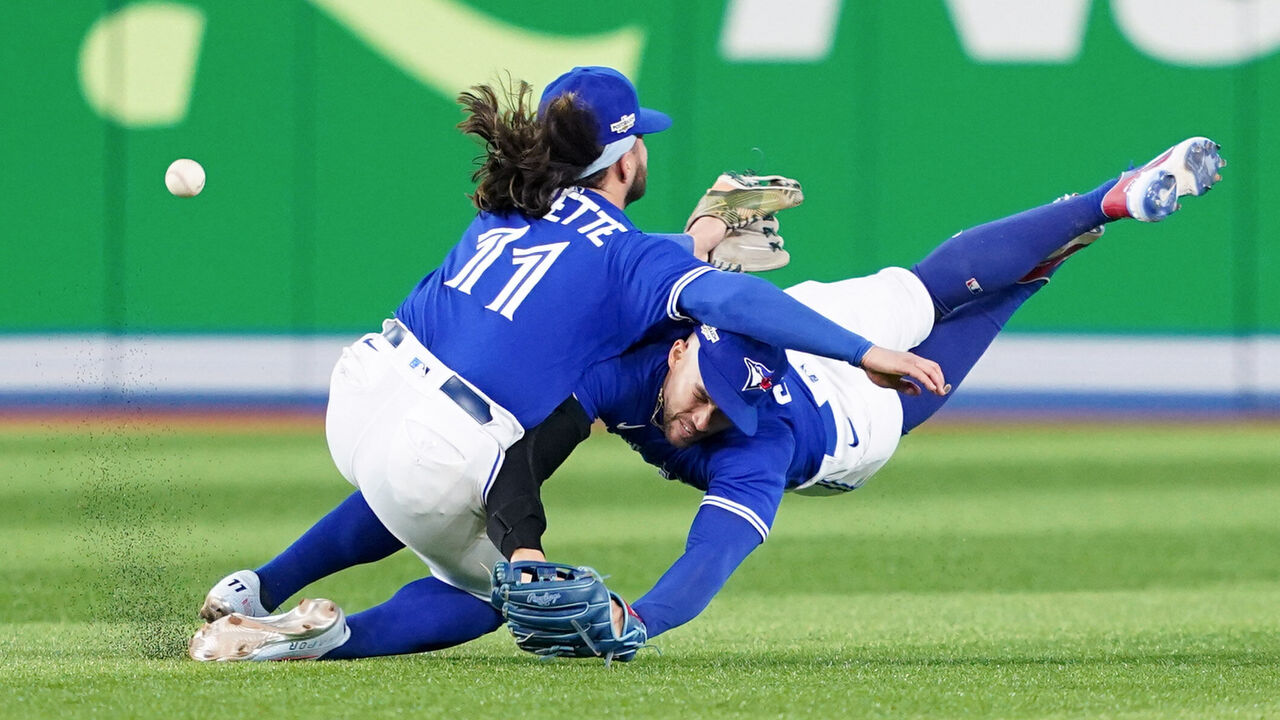
To bolster a below-average defense and add a left-handed bat, the Blue Jays sent prized catching prospect Gabriel Moreno to Arizona last winter along with Lourdes Gurriel Jr. for outfielder Daulton Varsho. The return looks shaky for now - Moreno had an outstanding first season with the Diamondbacks and is playing like a burgeoning star this postseason. Varsho's bat was a disappointment for most of 2023, and his career marks (96 wRC+ across 1,603 plate appearances) suggest he's a league-average hitter.
Varsho and free-agent signing Kevin Kiermaier did, however, improve the defense. They each contributed 18 defensive runs saved as the Jays became one of the top defensive teams in the majors. The outfield, which contributed minus-6 DRS in 2022, led the majors with 45 this season.
The last two iterations of the team ended the regular season with similar results. The 2022 Blue Jays went 92-70 with a plus-96 run differential. The 2023 Blue Jays were 89-73 with a plus-75 run differential.
So will the Jays pivot again based on how this season ended? They should.
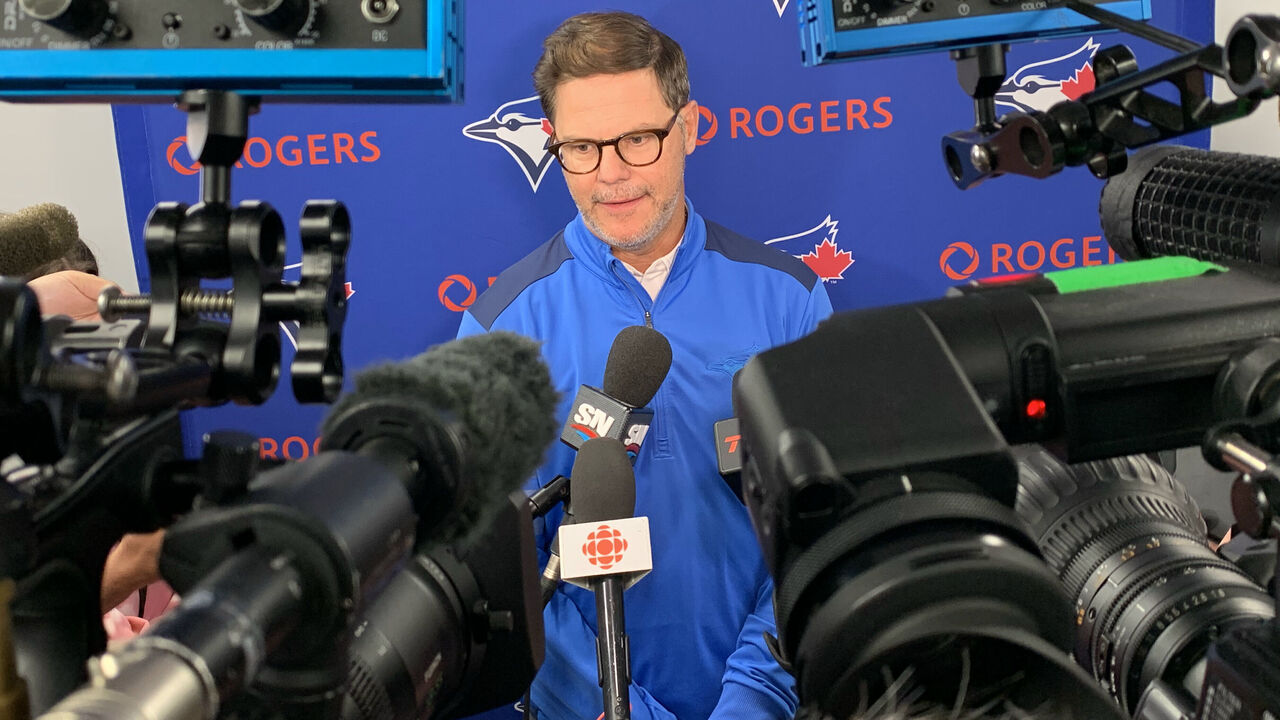
The Blue Jays have not won a postseason game since 2016 and have won only three playoff series since their last World Series title in 1993. They must turn more attention to how postseason games are won.
While much has been said and written about the decision to pull Jose Berríos from Game 2 against the Minnesota Twins, the bottom line is that the Jays scored one run in 18 innings of postseason baseball.
With Matt Chapman, Brandon Belt, and Kiermaier all headed to free agency, there's an opportunity to rethink what kind of position-player group Toronto wants. And if we've learned anything about postseason baseball in this expanded playoff era, it's that home runs become more important as strikeout rates increase.
The top four home-run-hitting teams in MLB were among the division series participants, and seven of the top eight made the playoffs. Power is the most common factor in postseason success. Toronto would do well to get back into that tier.
The Blue Jays fell from seventh in homers in 2022 to 16th this year with 188 home runs. (They led the majors in home runs in 2021 when they produced their best run differential since Ross Atkins became general manager, but they missed the playoffs.)
They also fell from the No. 2 offense by wRC+ (118) last year to No. 8 this season (107).
What to do? The Blue Jays ought to collect as much power as they can through free agency and trades.
For starters, Varsho would fit better in center field. It would maximize the impact of his defense and it wouldn't put as much pressure on him to be an above-average hitter. Only six full-time center fielders hit 20 home runs this season; Varsho hit 20 homers in 2023 and 27 the year before. Perhaps he'll feel more comfortable in his second year in Toronto and his overall offensive production will improve.
That's one move the Jays can control.
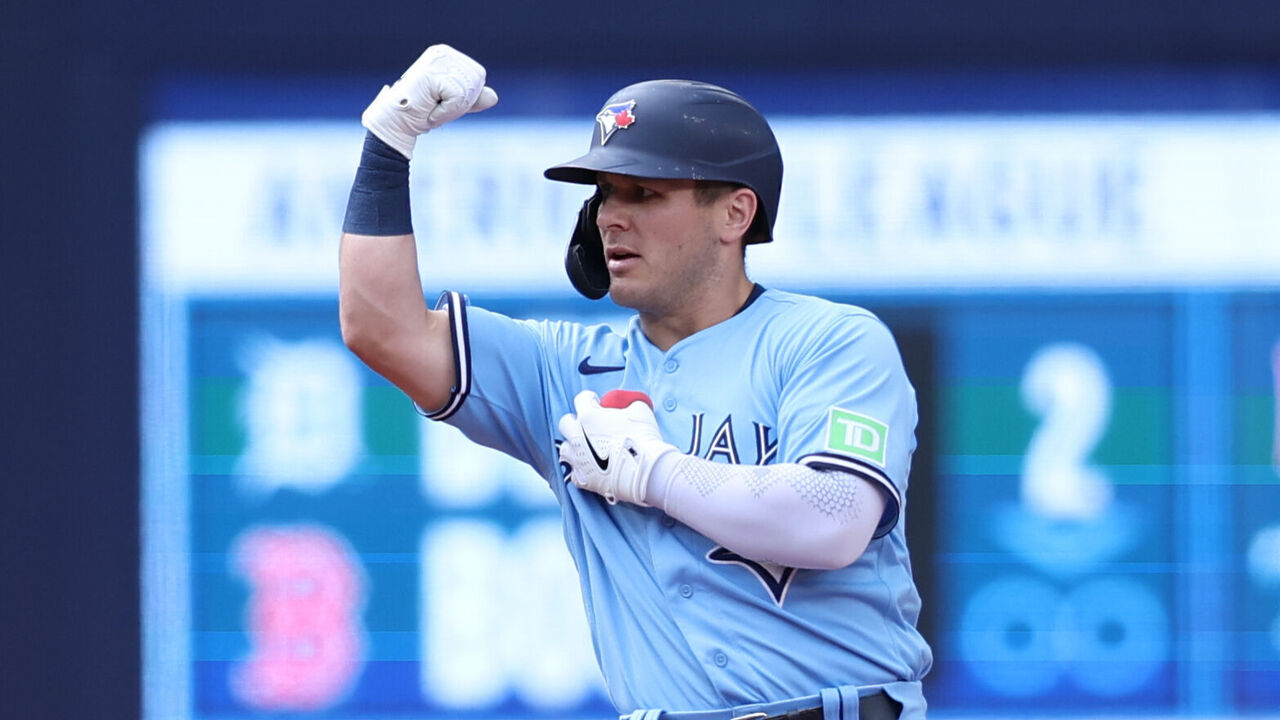
But that search for more power should continue at every position where the team has questions entering the offseason, such as left field and second base. Whit Merrifield, who has a mutual option for the 2024 season, split time at both positions, but he hit just 11 home runs with a 93 wRC+. If Chapman and Belt go elsewhere, there will be openings at third base and DH.
In a relatively thin free-agent crop beyond Shohei Ohtani, the Jays ought to make a serious bid for likely free agent Cody Bellinger.
Yes, Bellinger has been up and down, but he showed signs of genuine skills development this year with the Chicago Cubs - cutting his strikeout rate by 12 percentage points - and he regained power a year further removed from shoulder surgery.
He's a perfect fit in many respects.
While the new-look Rogers Centre did not play like some of us expected in its first year, the shorter right-field dimensions would mesh well with the left-handed Bellinger's fly-ball tendencies. The Jays valued left-handedness last year in an effort to diversify what had been the most right-handed lineup in the majors, and they ought to continue targeting left-handed hitters.
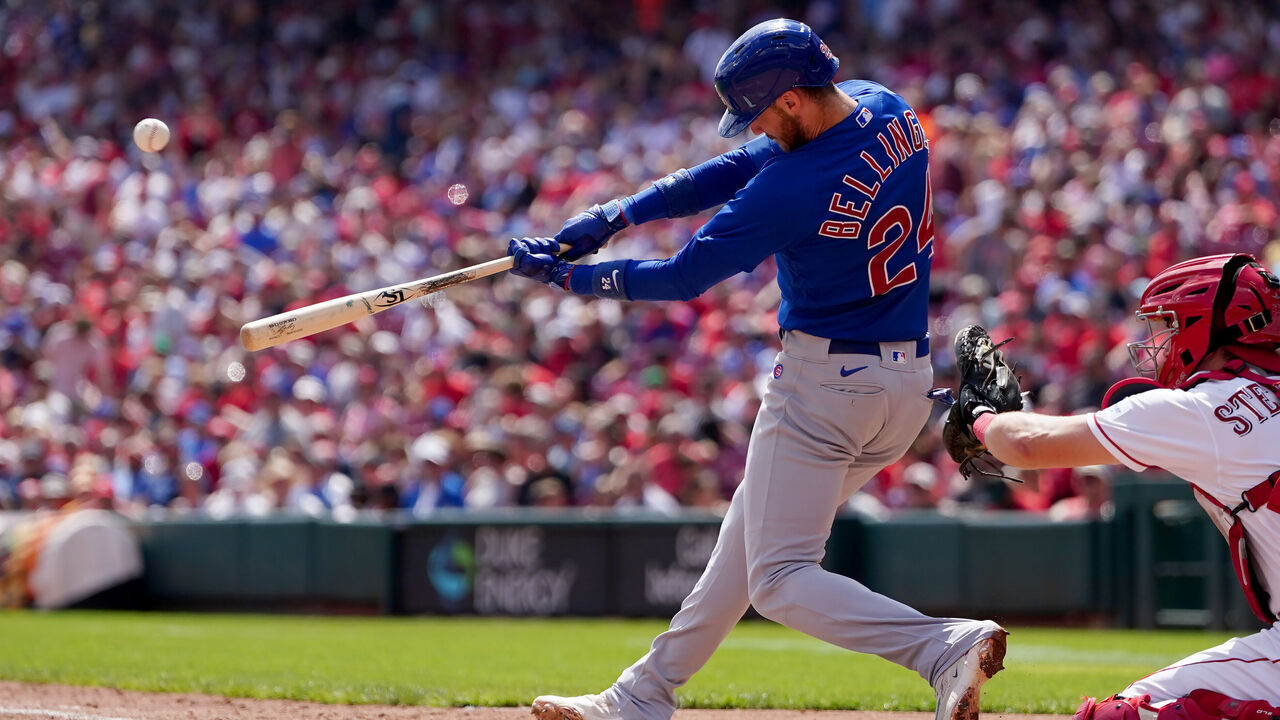
Bellinger could fit in any outfield spot or at first base. Given his defensive versatility and his 20 steals, he's one of the more well-rounded options available to the Jays, who were reportedly interested in him last offseason. Assuming Ohtani is a pipe dream, Bellinger should be a primary offseason focus. He's young for a free agent, too, entering his age-28 season.
Affordability should not be an issue. While the Blue Jays will owe Vladimir Guerrero Jr. a healthy increase in salary arbitration, they are in relatively decent payroll shape, ranking 10th in the majors in guaranteed 2024 dollars at the moment ($144 million). Guerrero is the only Blue Jay that MLB Trade Rumors projects to earn eight figures in arbitration. (And the club's power efforts would also be greatly aided by Guerrero returning to his 2021 form.)
Other corner outfield options with power include Hernández (who said at the trade deadline that he'd be interested in a return to Toronto), Hunter Renfroe, and Joc Pederson. It's unclear at the moment just who might be available in the offseason trade market.
At third base, the club would do well to bring back Chapman. Yes, Chapman was ice-cold in the second half, but he also dealt with a hand injury. His glove rarely slumps, and the Jays won't find another player with his underlying power and his ability to handle third, where the market is weak.
The emergence of Davis Schneider and Cavan Biggio's late-season surge give the Jays stronger bench options entering 2024. Those players could also fill everyday roles at positions Toronto is unable to address, such as third base.
But with every prospective addition, raising the club's power floor should be the first consideration.
The Blue Jays are still squarely in a contention window. They have at least two years remaining with Bichette and Guerrero under club control.
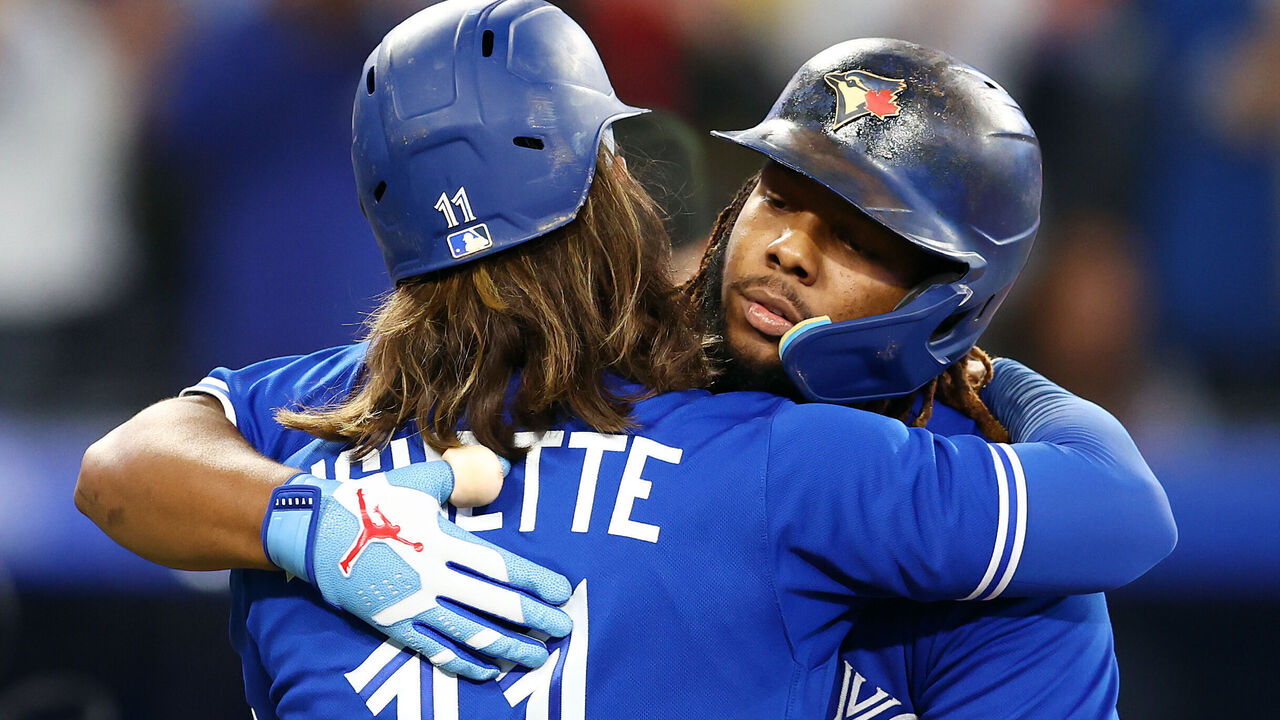
And the Blue Jays don't have to worry about another key element of a postseason roster: starting pitching. Kevin Gausman, Berríos, and Chris Bassitt stack up about as well as any front-end AL rotation, and they are all under control through at least 2025.
The clock is ticking, but Toronto has an enviable core if management can add to it adeptly. There's still an opportunity to construct a version of this Blue Jays team that's built for October.
Travis Sawchik is theScore's senior baseball writer.